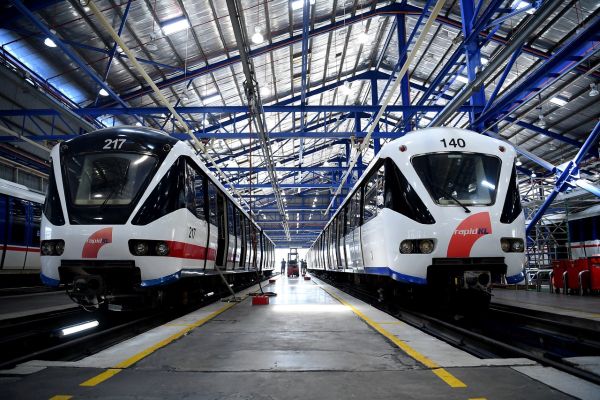By Danial Dzulkifly
SHAH ALAM, Nov 22 — Upcoming and established public transport projects, along with mobility initiatives, will ensure that Selangor achieves its public transport utilisation target of 60 per cent by 2035.
Speaking at the Selangor Legislative Assembly, state executive councillor for investment, trade and mobility Ng Sze Han said the administration is also committed to supporting the development of major public transport infrastructure and addressing critical first and last-mile connectivity issues.
“The state government, through initiatives such as the Smart Selangor Bus and demand-responsive transit (DRT) services, has observed improved public transport accessibility among users, with passenger numbers increasing over time.
“However, there are still areas that require improvement, particularly in the provision of infrastructure and the connectivity of public transport networks in Selangor.
“This reflects the state government's strong commitment to achieving its target of 60 per cent public transport usage by 2035,” he said.
Ng was responding to a question posed by Subang Jaya assemblyman Michelle Ng Mei Sze on the state’s plan to ensure public transport utilisation of 60 per cent by 2035.
Ng also revealed that recent data showed that public transport ridership in Selangor averages 1.1 million daily passengers.
This includes users of services operated by Prasarana Malaysia Bhd, such as the Light Rail Transit (LRT), Mass Rapid Transit (MRT), Monorail, and buses.
Ng said the upcoming LRT3 project, which connects Bandar Utama in Petaling Jaya to Johan Setia in Klang and is expected to begin operations on March 1, 2025, is anticipated to further boost public transport usage.
He added that the state administration is preparing a comprehensive public transport plan that aims to establish an integrated and user-friendly network.
Key to this effort is the Selangor State Mobility Master Plan Study, with its Terms of Reference (TOR) nearing completion.
The plan focuses on enhancing "First Mile, Last Mile" connectivity through various transport modes, including buses, rail, taxis, e-hailing services, micromobility solutions like e-scooters, and pedestrian-friendly infrastructure.
Ng said the plan will ensure uniformity in terms of state, national, and international policies, strategies, and guidelines.




